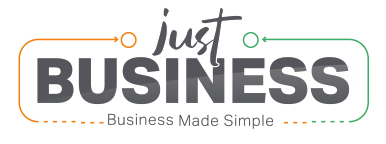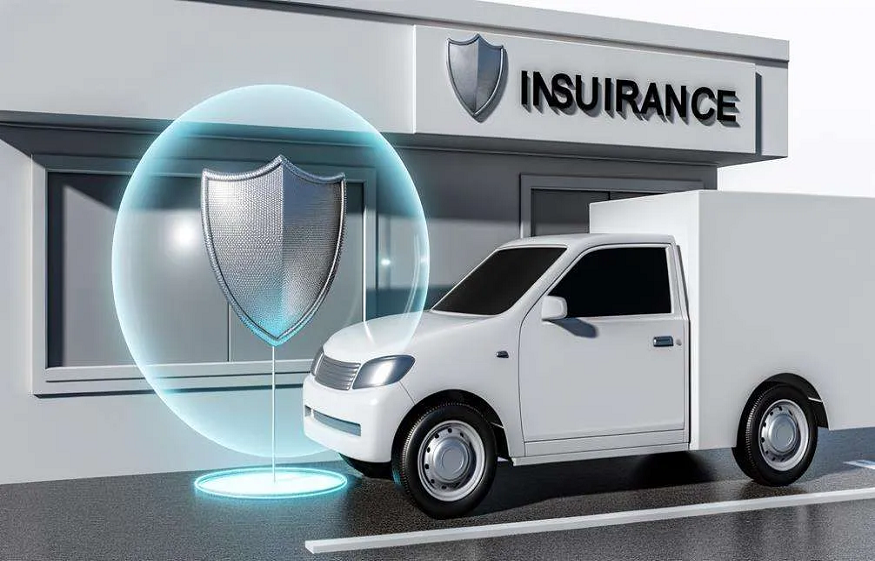What is light truck insurance and why is it important?
Light truck insurance is a commercial vehicle policy designed to cover utes, vans, and trucks up to 4.5 tonnes used for work or business. It protects against damage, theft, liability, and financial loss. For tradespeople, small fleet operators, and delivery drivers, it’s essential protection that keeps vehicles (and businesses) on the road.
Why Light Truck Insurance Matters for Australian Businesses
Light trucks are essential across a wide range of industries—from construction and landscaping to courier services and trades. In many cases, the vehicle is the backbone of daily operations.
Whether you’re delivering goods across town or transporting tools and equipment, having the right level of cover helps safeguard your livelihood. Even minor accidents can lead to unexpected downtime, costly repairs, or legal disputes if you’re uninsured or underinsured.
What Is Considered a Light Truck?
In Australia, a light truck typically refers to a commercial vehicle with a gross vehicle mass (GVM) of 4.5 tonnes or less. This includes:
- Utes (dual cab or single cab)
- Light rigid trucks
- Delivery vans
- Refrigerated vehicles
- Small flatbeds or tray trucks
These vehicles often operate within city limits, make frequent stops, and are more prone to wear, road incidents, or damage due to constant use.
Types of Light Truck Insurance Policies
Not all policies are the same. The right type of light truck insurance depends on how the vehicle is used and what level of cover is needed.
1. Comprehensive Insurance
Covers your vehicle against:
- Accidental damage
- Theft or attempted theft
- Fire or vandalism
- Third-party property damage
This is the most complete form of protection and suits businesses that depend heavily on their vehicle.
2. Third Party Property Damage (TPPD)
Covers damage you cause to other people’s property, but not your own vehicle. It’s the minimum level of insurance required for commercial vehicle use.
Useful if:
- Your truck has a low market value
- You’re looking for basic legal protection
3. Third Party, Fire and Theft
Covers:
- Damage to other people’s property
- Your vehicle if it’s stolen or damaged by fire
This middle-ground option suits those who want some cover for their own vehicle, without the cost of a comprehensive policy.
Optional Extras Worth Considering
Depending on the policy provider, you may have access to add-ons that extend your protection:
- Hire vehicle cover (while yours is being repaired)
- Signwriting cover (protection for custom vehicle signage)
- Tools and equipment stored in the truck
- Windscreen protection with no excess
- Cover for personal use if the vehicle doubles as a private car
Each insurer has different inclusions and exclusions, so always check the Product Disclosure Statement (PDS).
Factors That Affect Light Truck Insurance Premiums
Premiums for light truck insurance are calculated based on several variables. Understanding these can help you manage costs more effectively.
1. Vehicle Type and Usage
Heavy use, high kilometres, or specialised modifications can all increase your premium. Vehicles used for delivery services or transporting hazardous goods may carry higher risks.
2. Driver History
Claims history, age, and driving experience all play a role. If multiple drivers use the truck, their records can also affect your policy cost.
3. Location and Parking
Where the vehicle is garaged (e.g. at a workshop, in a driveway, or on the street) influences your risk profile. High-theft areas may result in higher premiums.
4. Level of Cover and Excess
Choosing a higher excess (the amount you pay if you make a claim) usually reduces your premium, but increases your out-of-pocket cost in the event of an accident.
5. Business Type
Certain industries face more risk than others. For example, construction and courier services are often viewed as higher-risk sectors compared to administrative or consulting trades.
Light Truck vs Commercial Vehicle Insurance: What’s the Difference?
The term commercial vehicle insurance is broader and includes a wide range of vehicles, from sedans to large trucks and fleets.
Light truck insurance is a subset of commercial cover, tailored to vehicles under 4.5 tonnes. The main differences include:
- Weight classification
- Use-case coverage (e.g. payload and driving conditions)
- Repair and replacement costs
Make sure you’re not taking out standard car insurance when your business vehicle requires a commercial classification. This could impact your ability to claim in the event of an accident.
Common Claims Involving Light Trucks
Being aware of common risks can help you take preventative action.
- Rear-end collisions during frequent stopping in traffic
- Reversing accidents in tight job sites or loading bays
- Theft of tools and equipment from trays or cabins
- Storm damage when parked in open areas
- Vandalism or break-ins when left on public streets
Insurance can’t prevent these incidents, but it ensures you’re not left with a large bill when they happen.
Tips for Reducing Your Light Truck Insurance Costs
Looking to save on premiums without compromising protection? These strategies can help:
1. Install Security Features
Alarm systems, GPS tracking, immobilisers, and secure tool storage all reduce risk and may qualify for discounts.
2. Limit Drivers
Keep your list of authorised drivers short and ensure they all have good driving records.
3. Choose Vehicles Carefully
When upgrading, look at the insurance profile of different makes and models. Lower-cost or easier-to-repair vehicles tend to attract lower premiums.
4. Bundle Policies
Some insurers offer multi-vehicle or business package deals that combine vehicle, public liability, and tool cover.
5 Review Cover Annually
Your business use, number of drivers, or vehicle location might change. Check your policy yearly to make sure you’re not paying for cover you no longer need—or missing out on cover you do.
Understanding Claims and Downtime
If your light truck is off the road after an accident or theft, your business could face interruptions. Comprehensive policies often include downtime cover or access to a hire vehicle, helping you continue working while repairs are made.
Common claim steps include:
- Reporting the incident to your insurer promptly
- Providing required documentation (photos, police reports, etc.)
- Arranging assessment and repairs through an approved provider
The quicker your insurer is notified, the faster you can get back to business.
Is Light Truck Insurance Legally Required?
While Compulsory Third Party (CTP) insurance is mandatory in every state and territory (included in registration in most cases), it only covers injuries to other people. It doesn’t include damage to vehicles or property.
If you’re using a truck for work purposes, most lenders, clients, and fleet managers will require additional cover. For sole traders and small business owners, it’s a critical safety net.
Final Thoughts
Light truck insurance plays an essential role in protecting small business owners, tradies, and commercial vehicle operators across Australia. Whether you’re on the road delivering goods or carrying tools from job to job, the right insurance can help keep your business running smoothly—no matter what happens on the road.
Taking the time to compare cover types, understand policy details, and assess your business risk profile ensures you’ll find the best protection for your needs.

